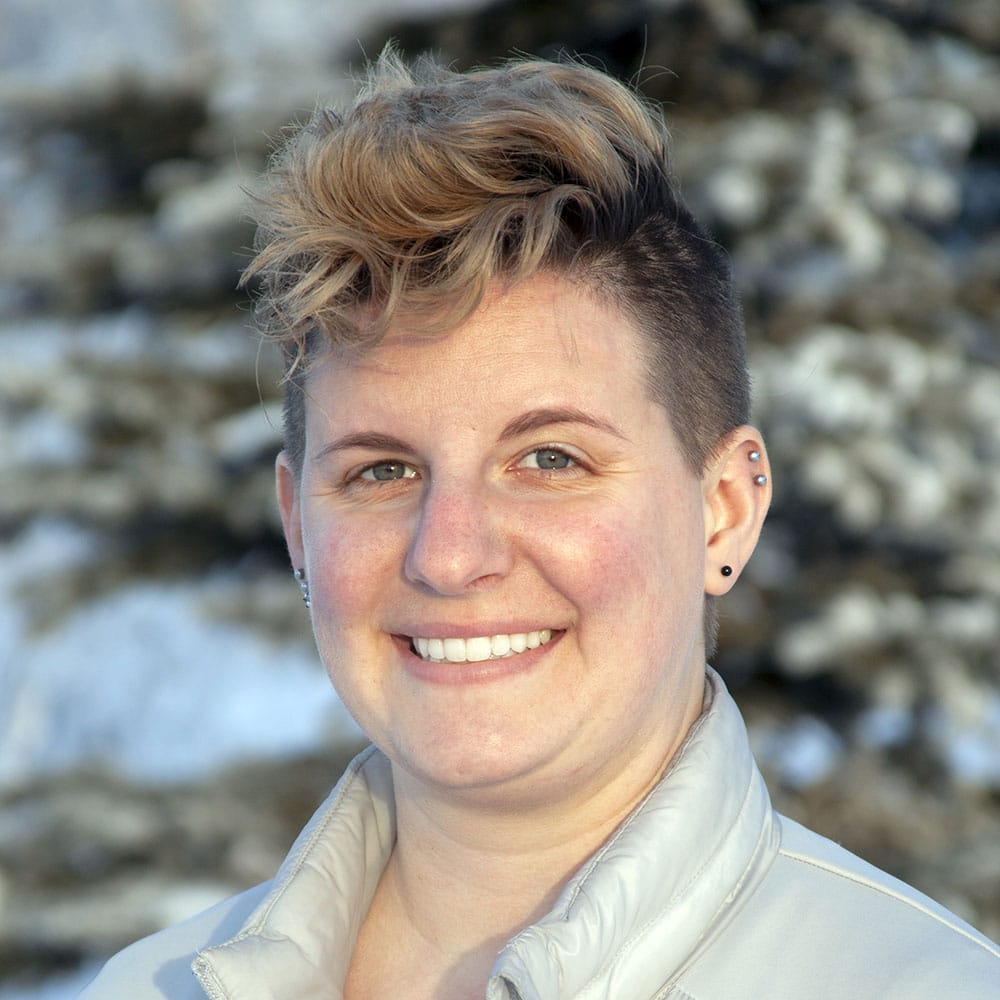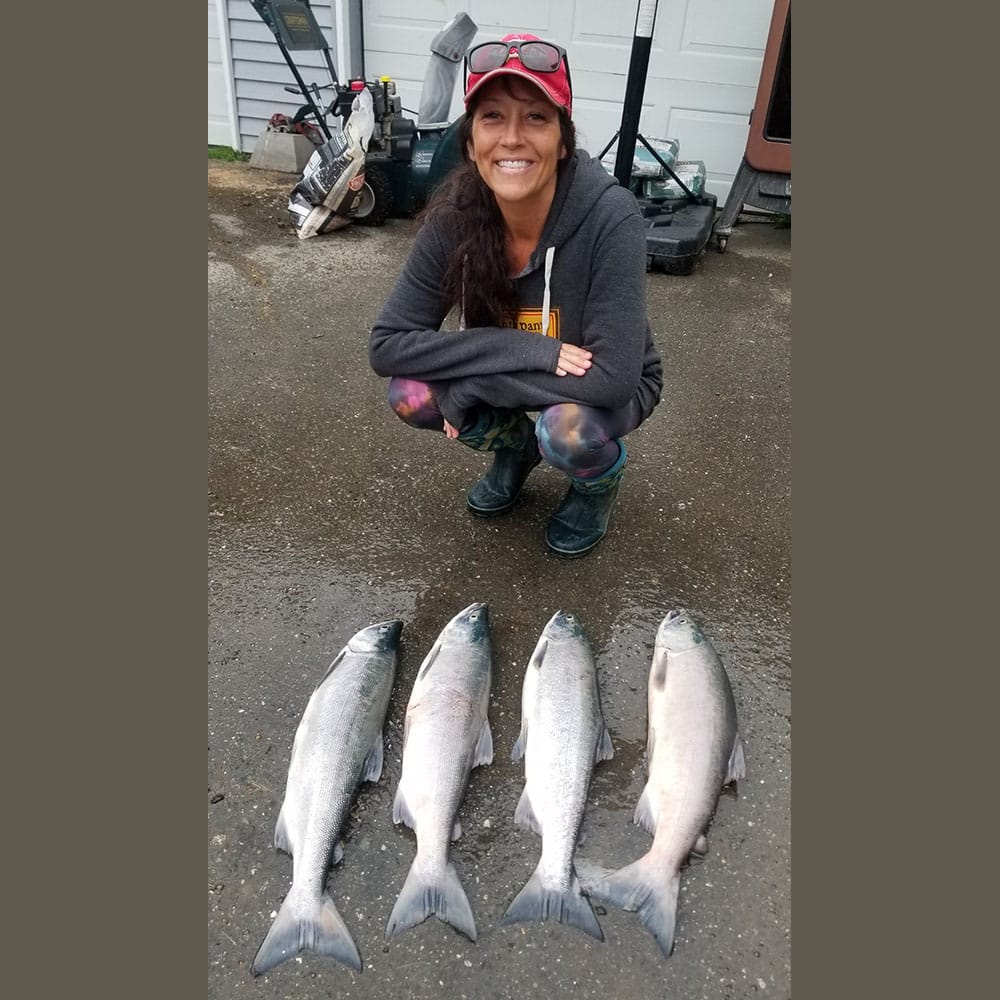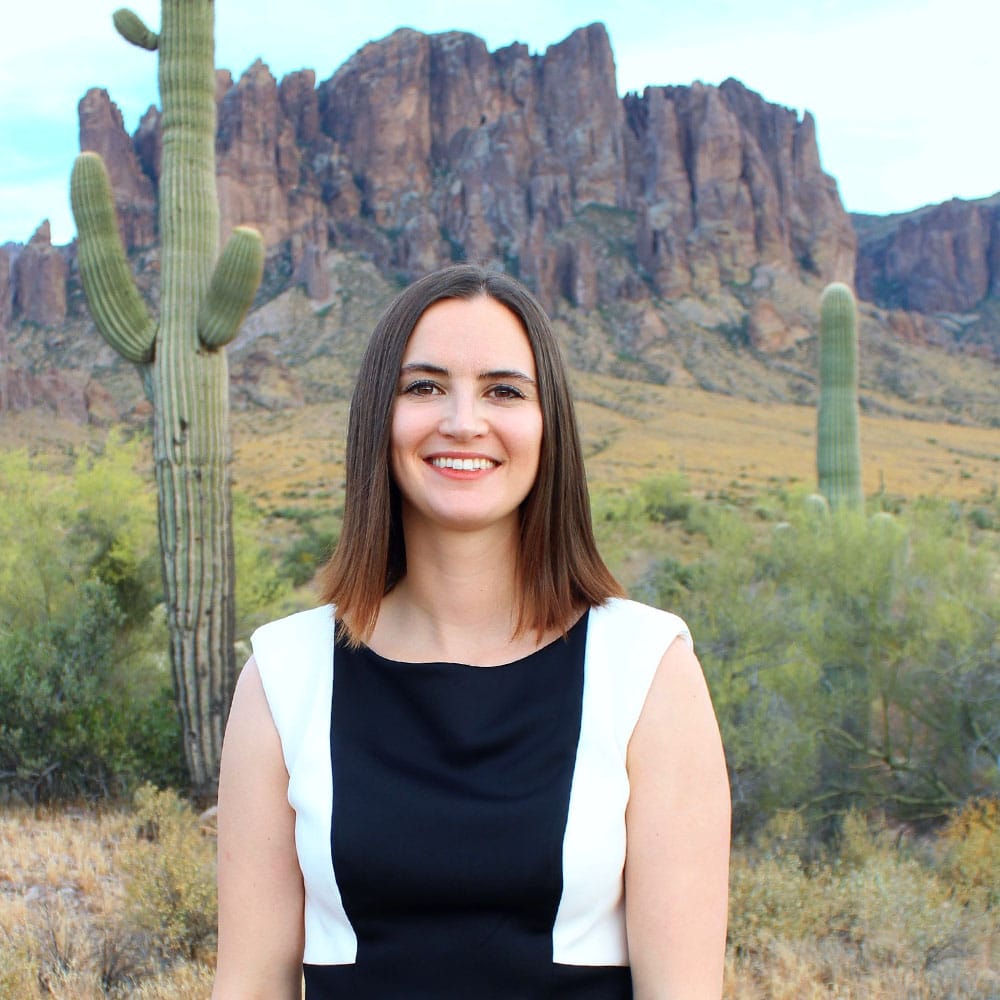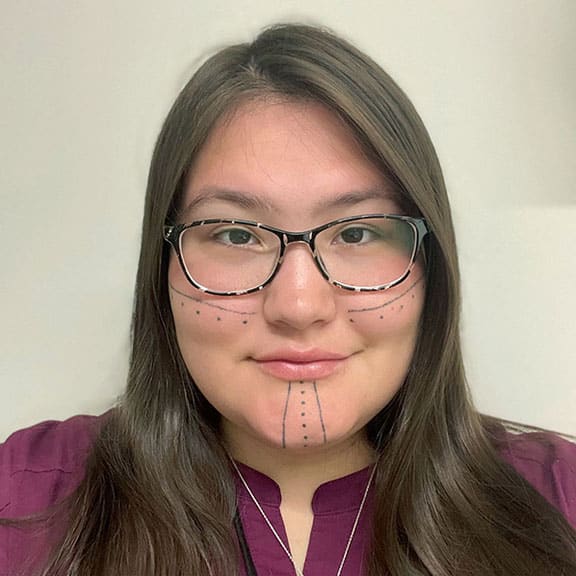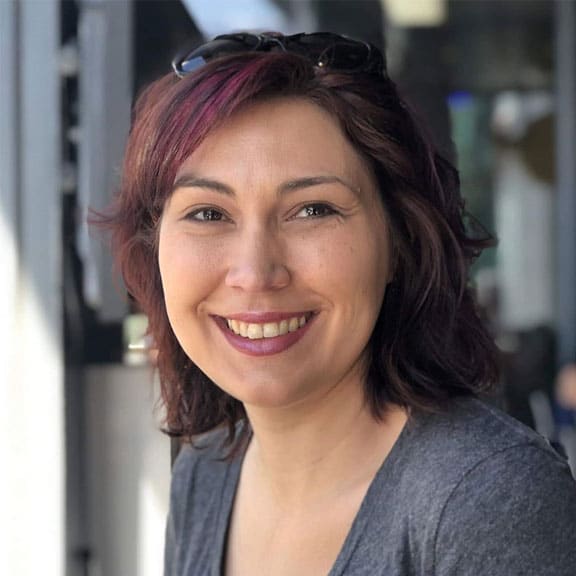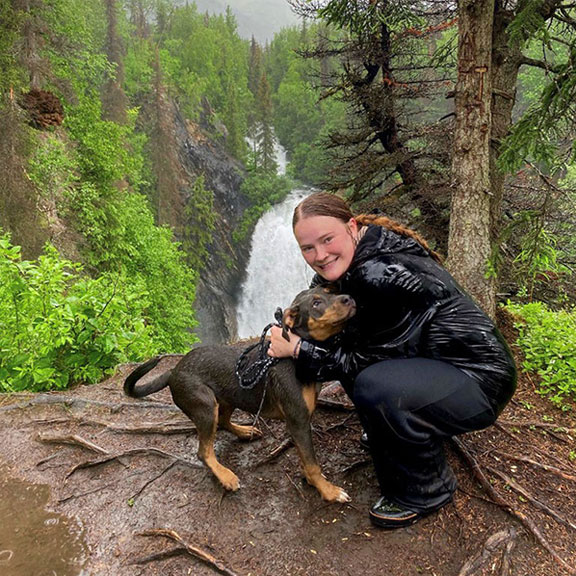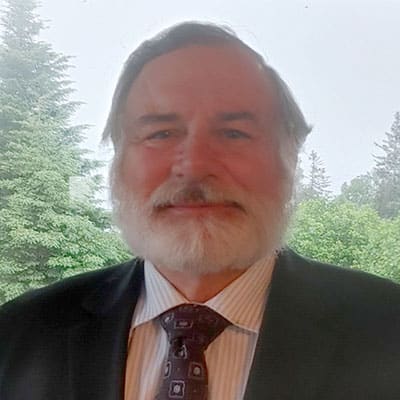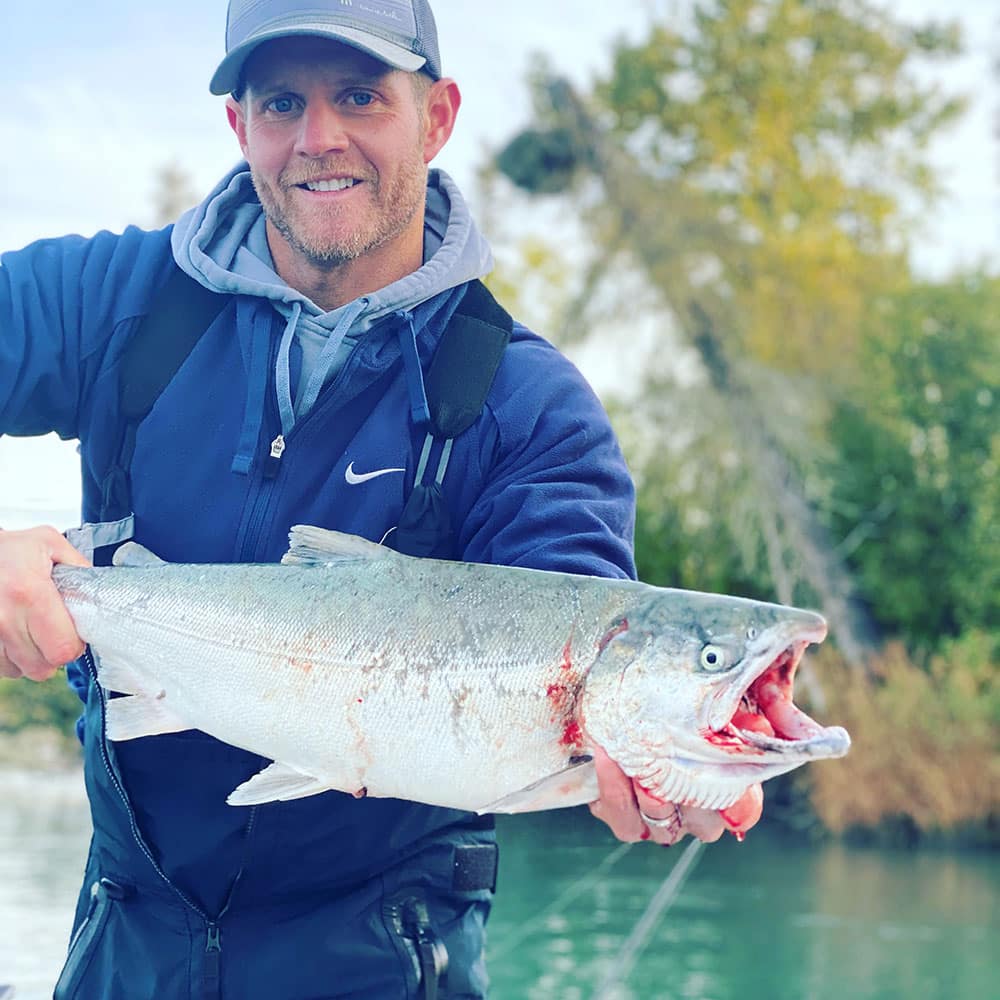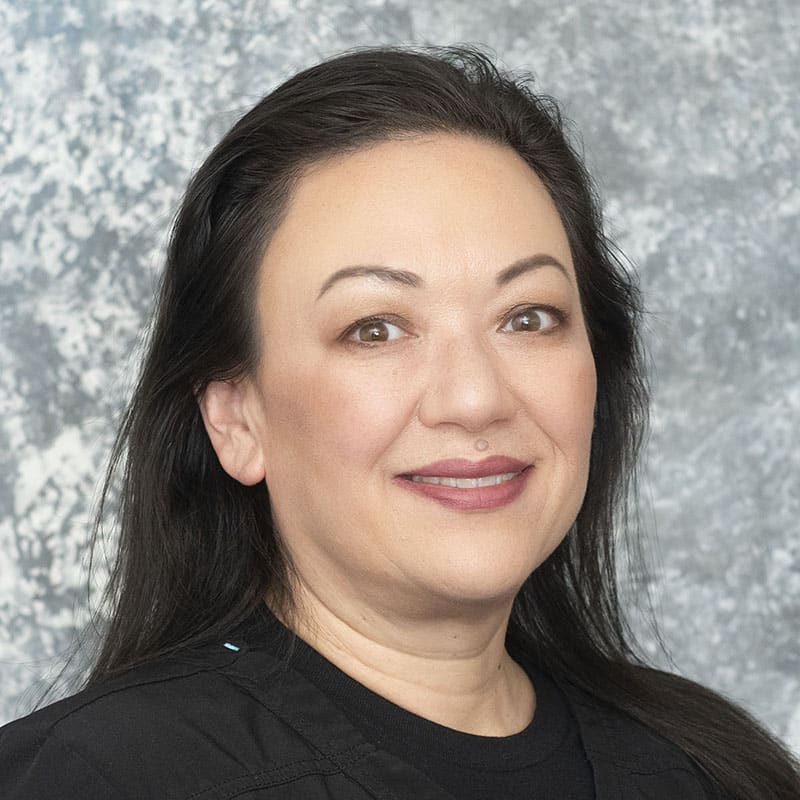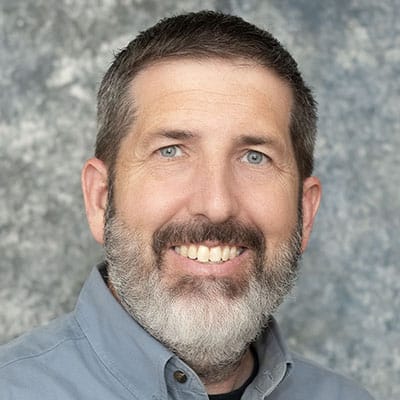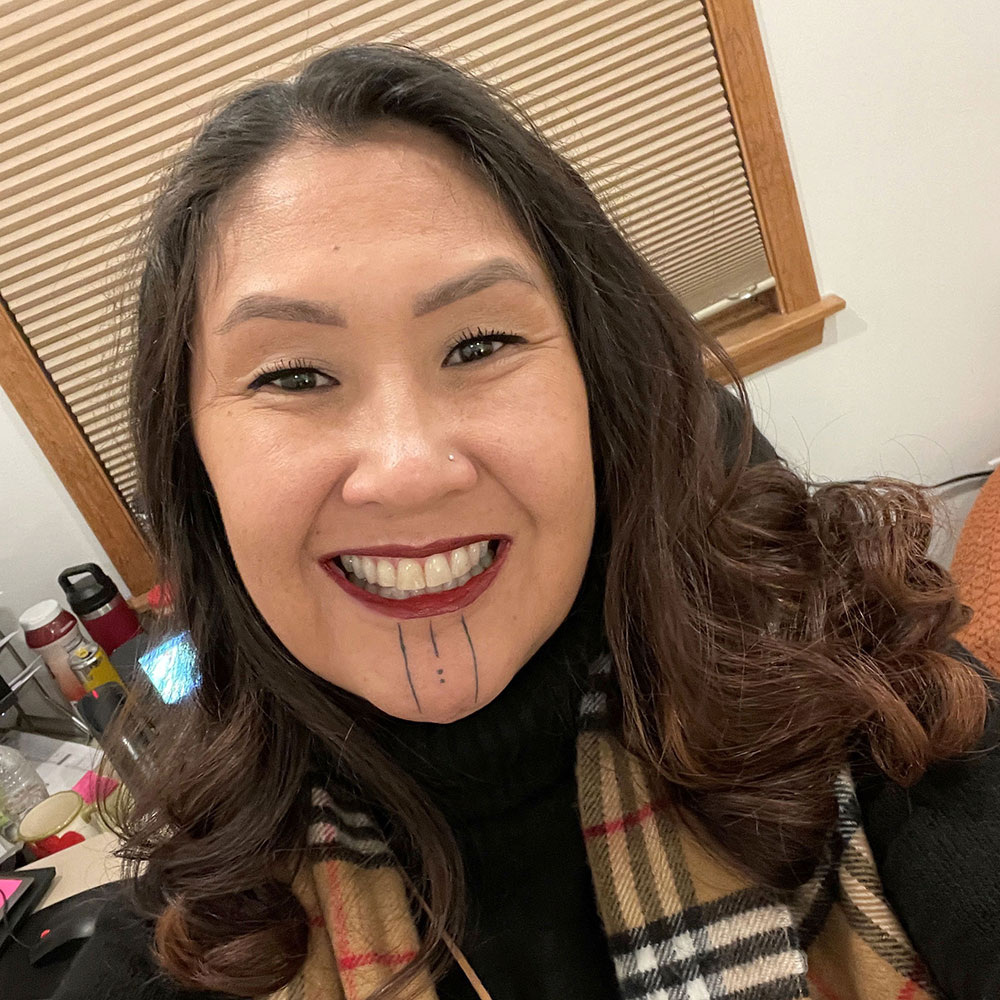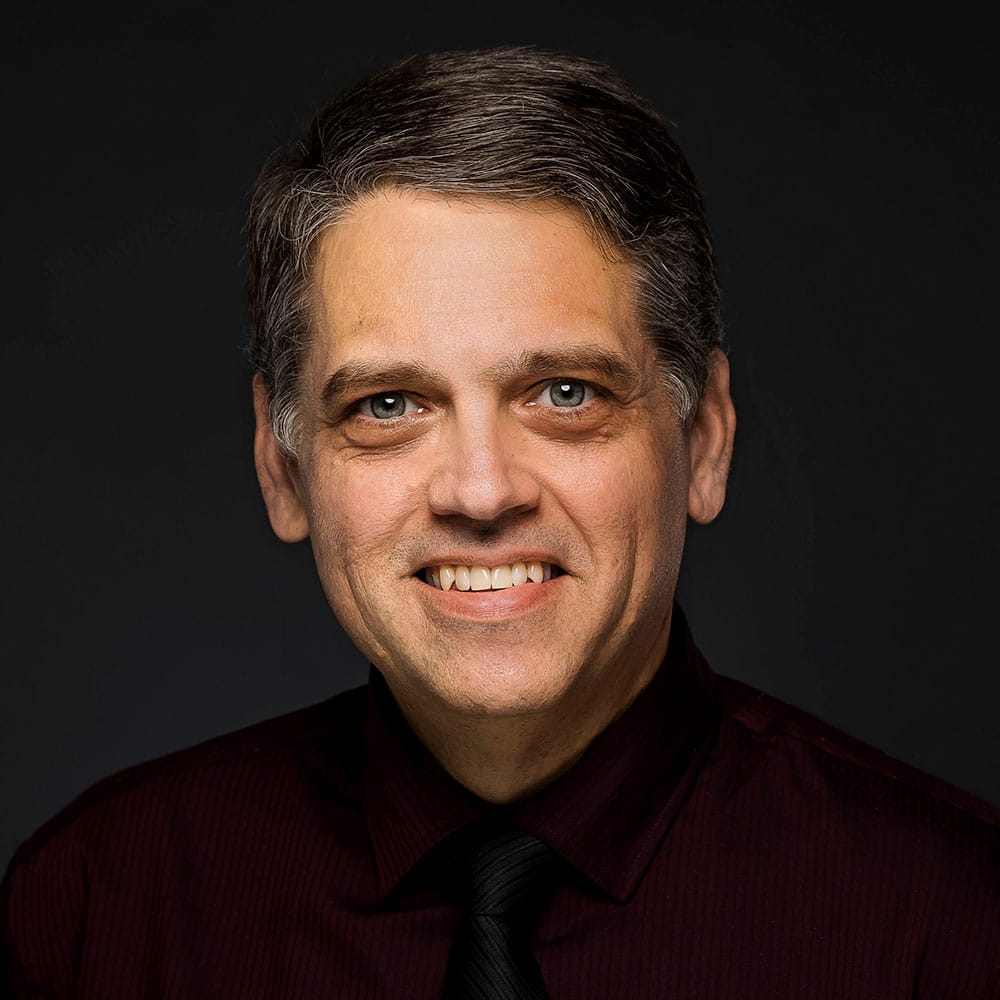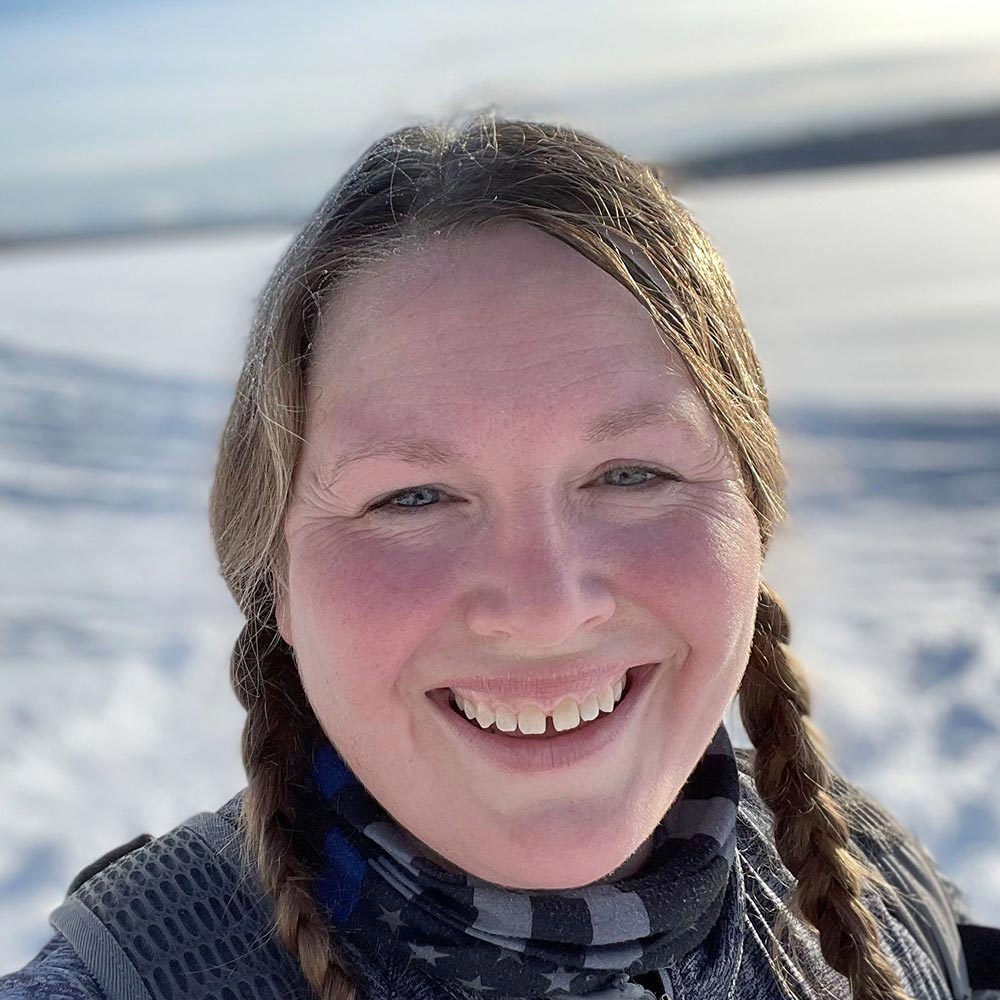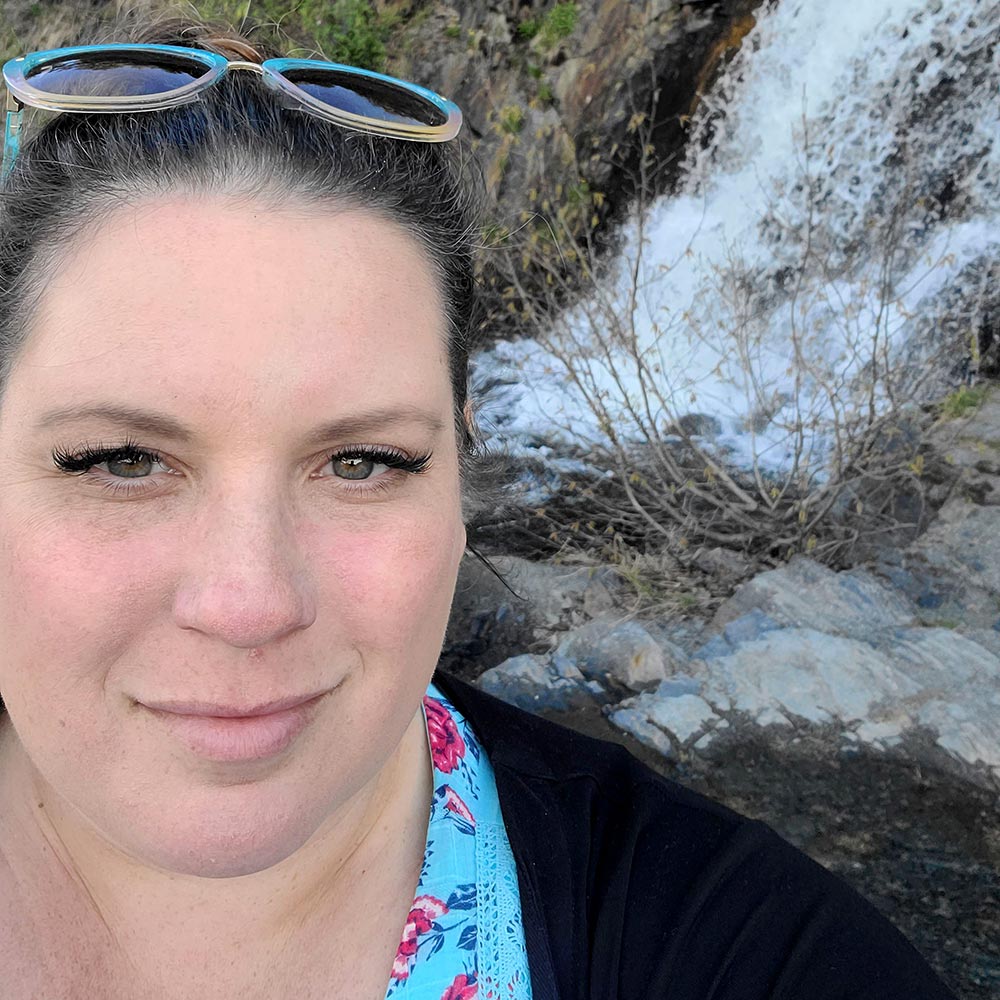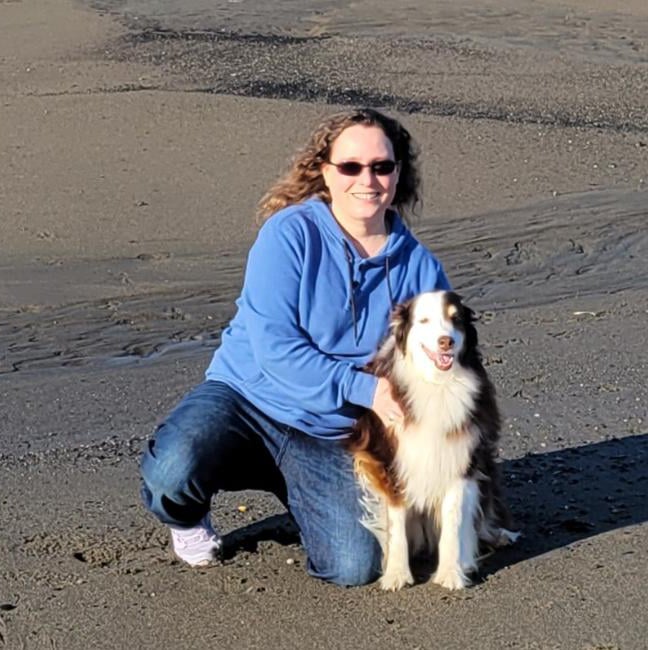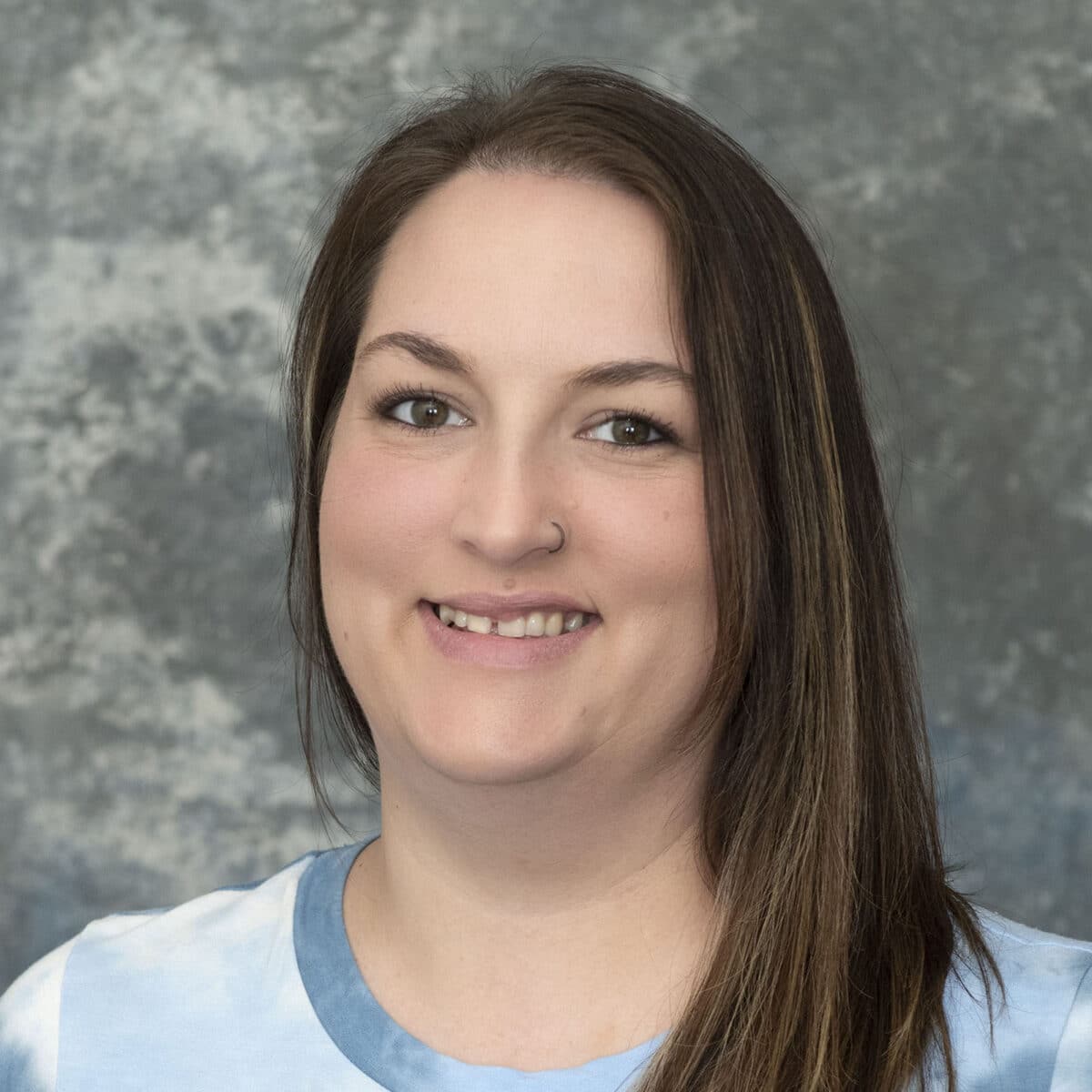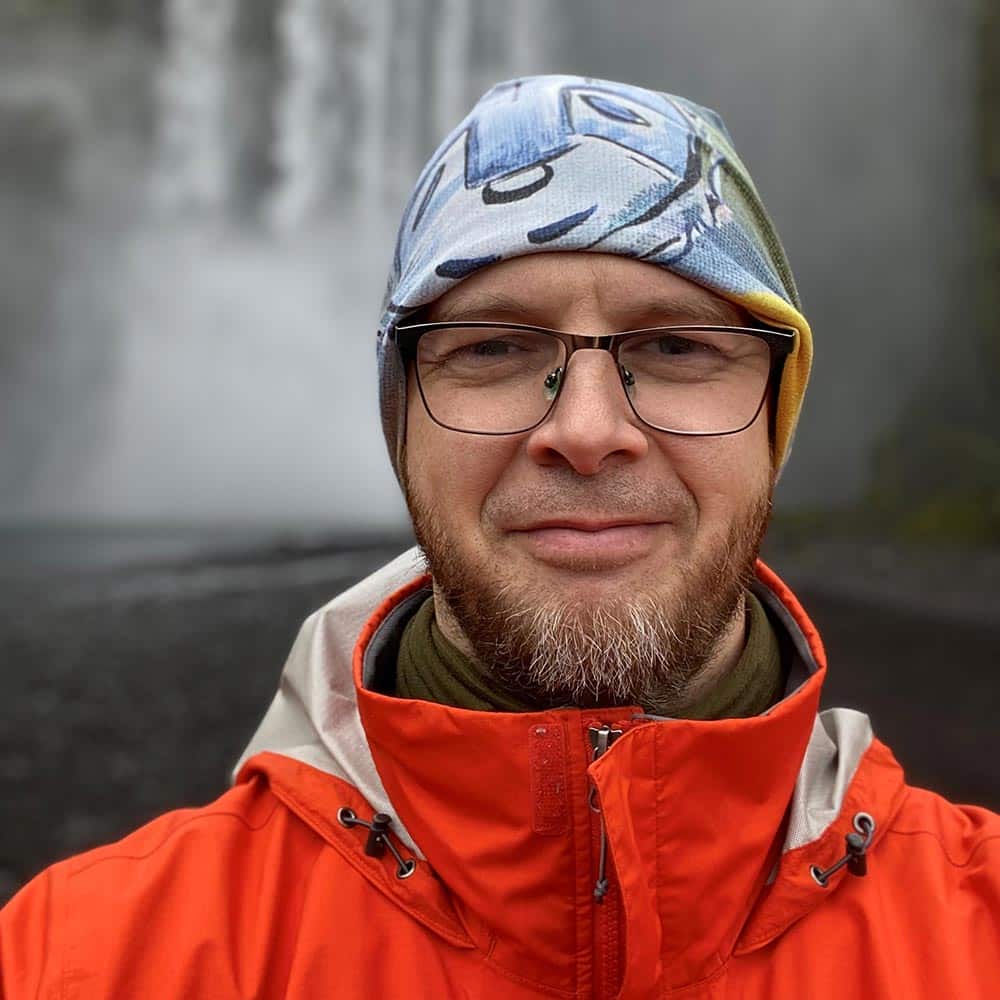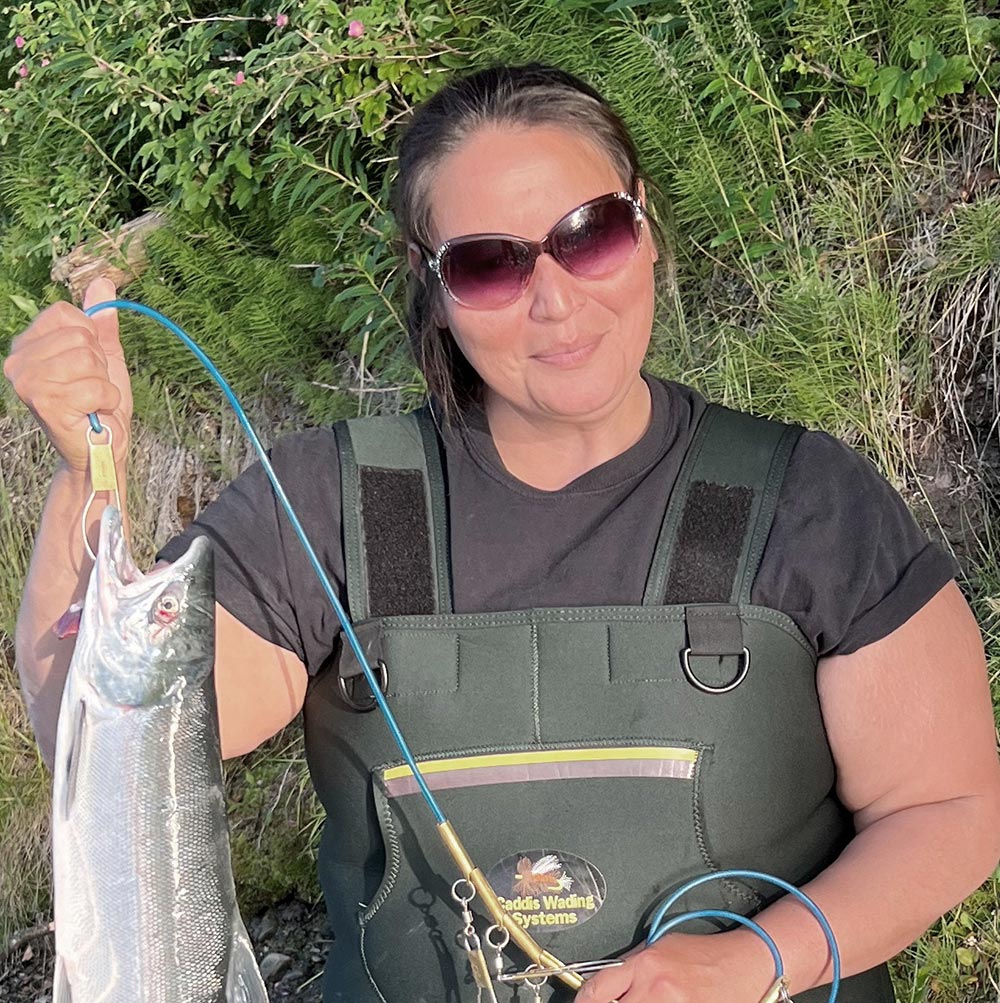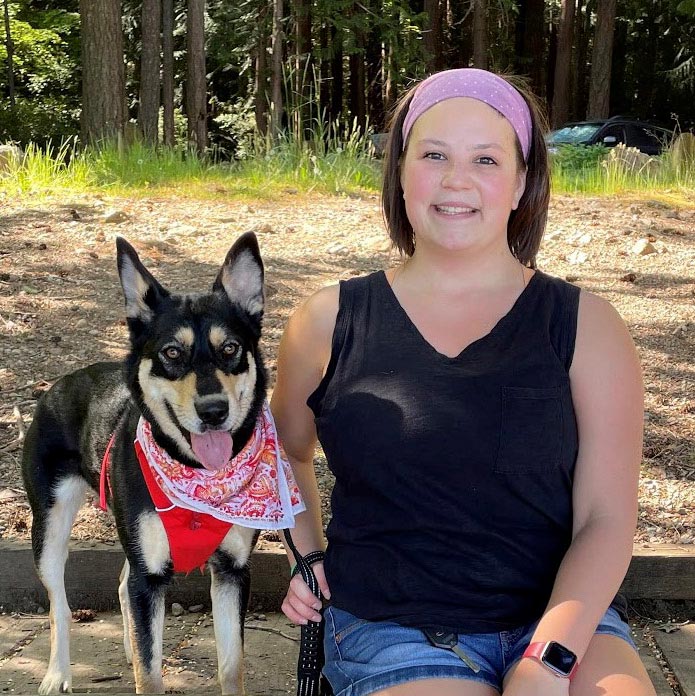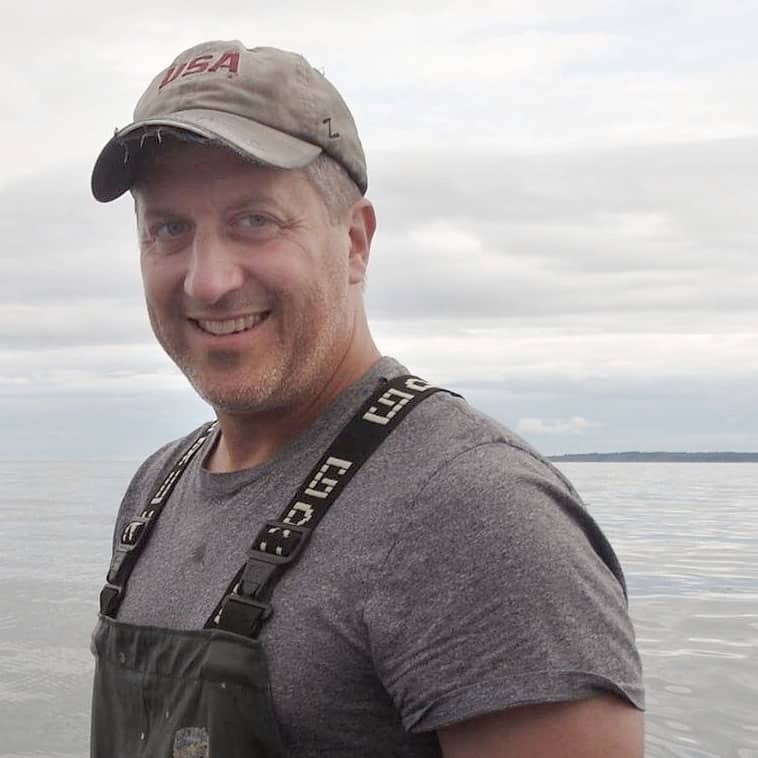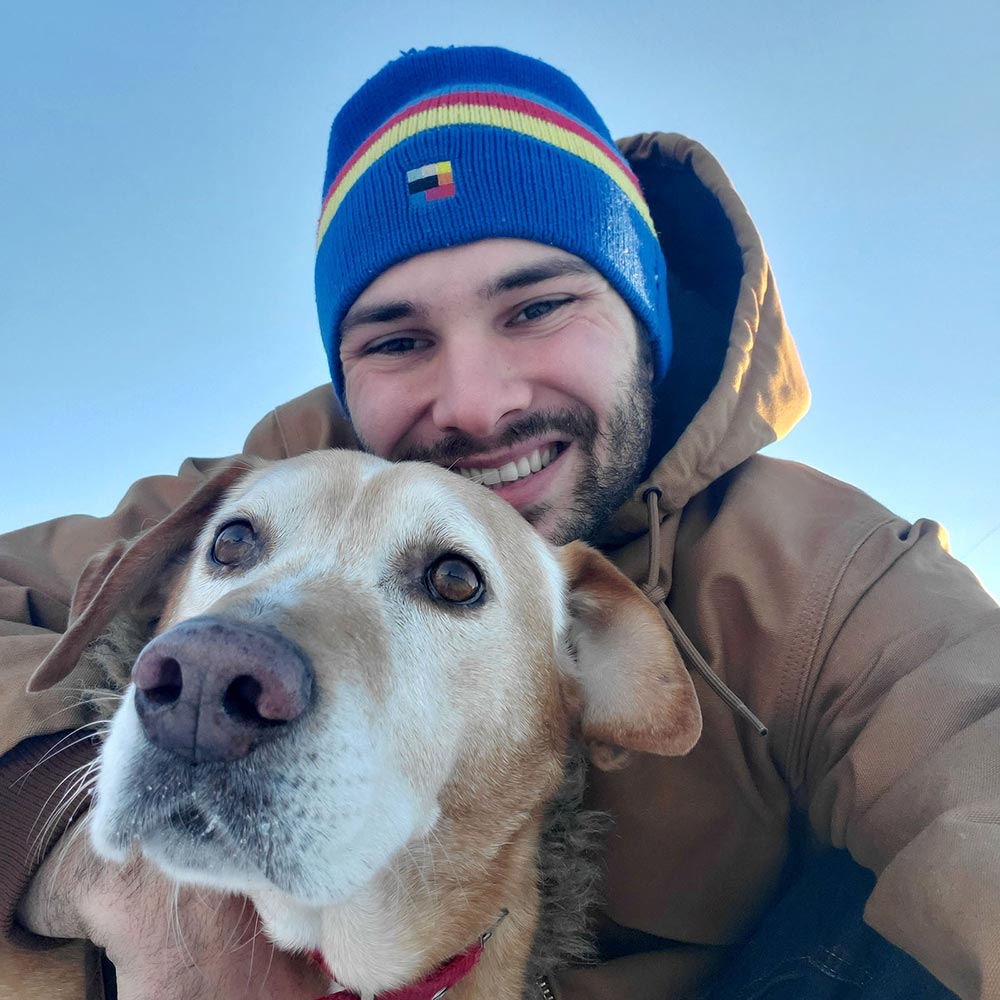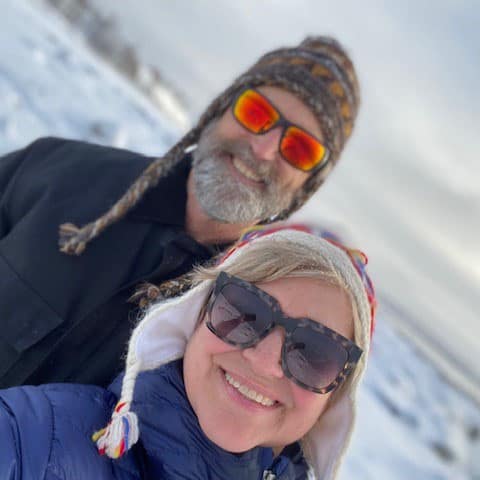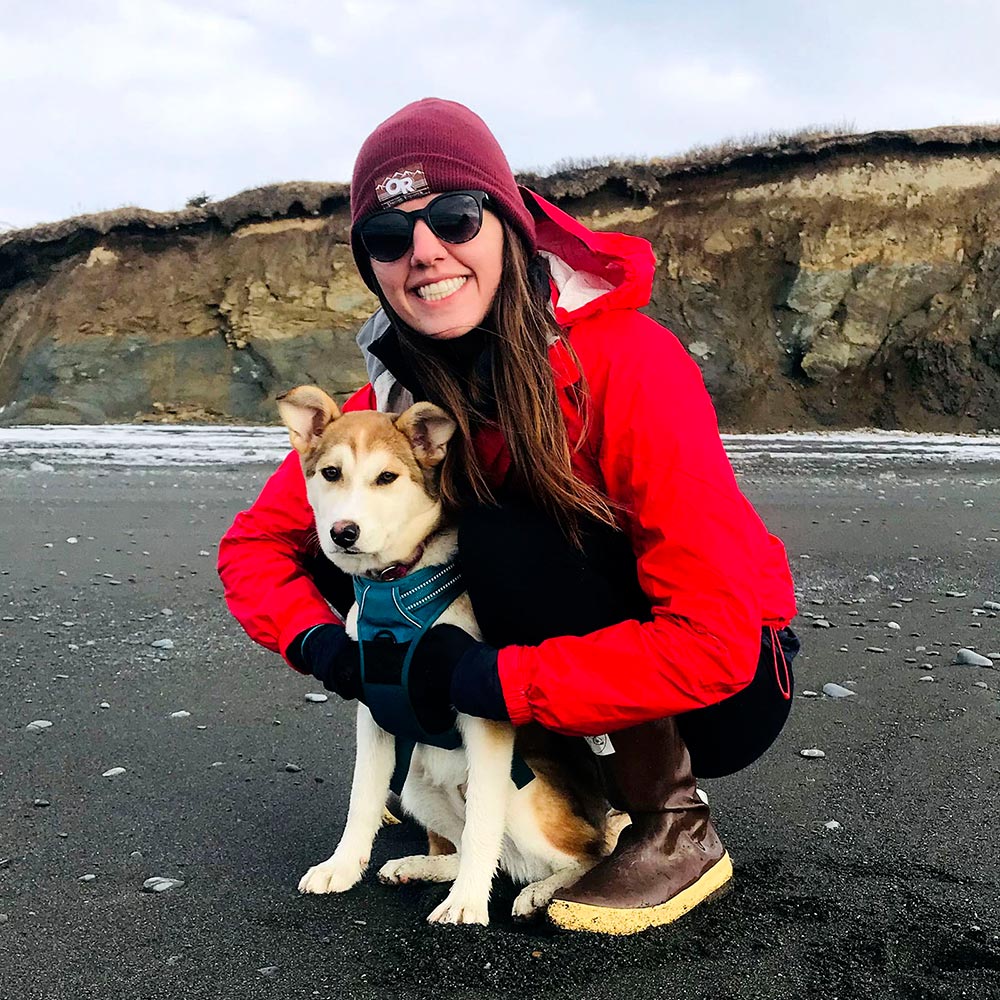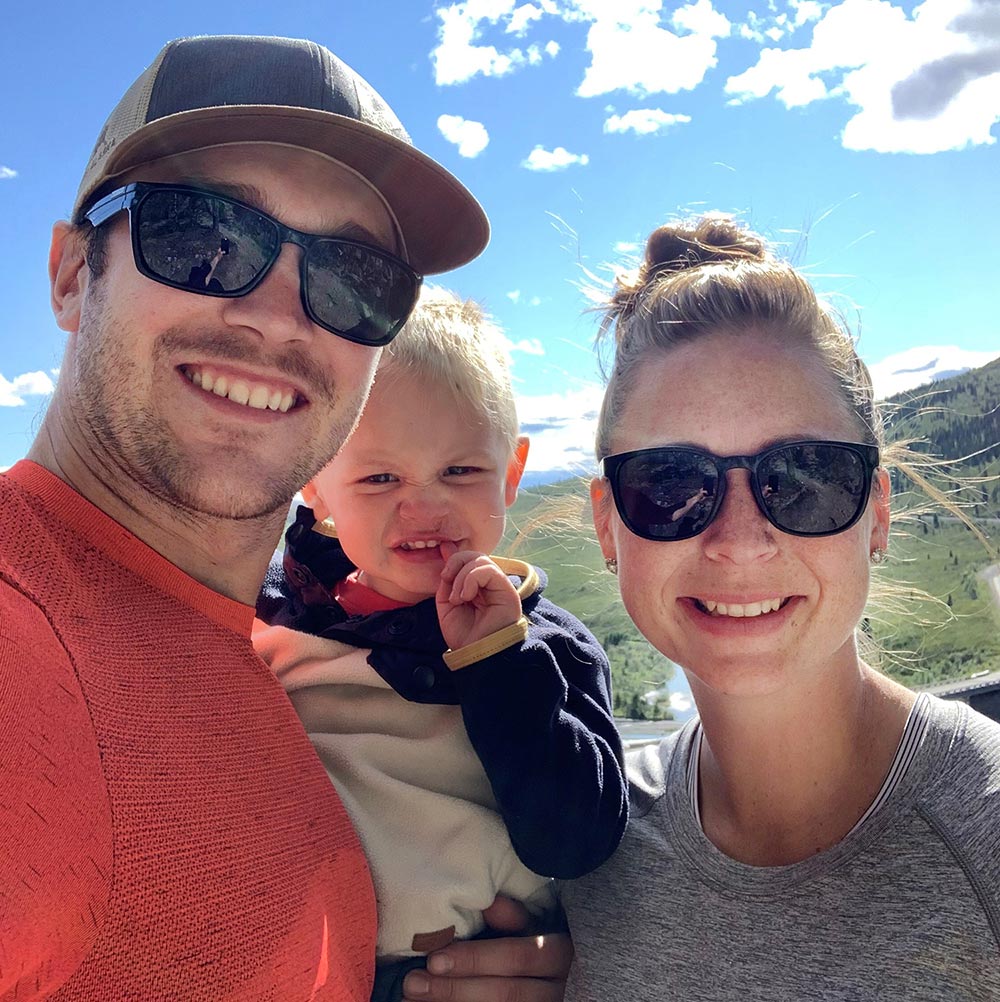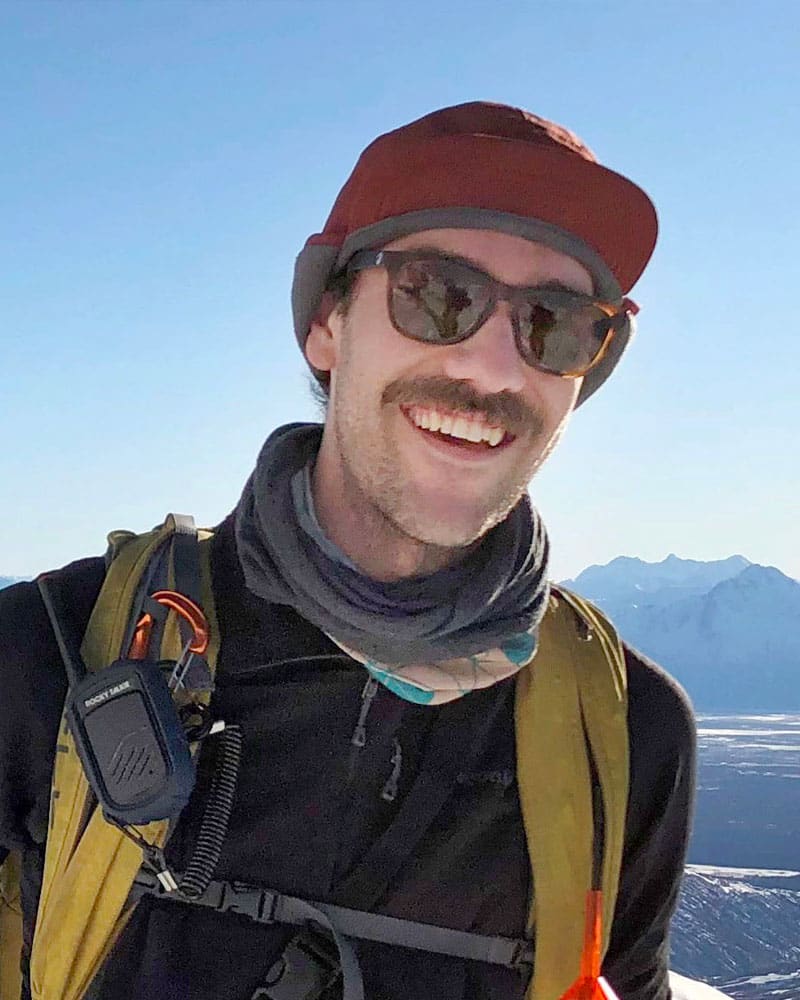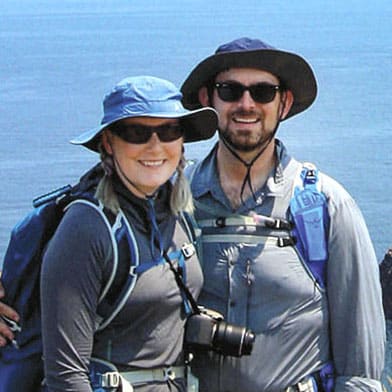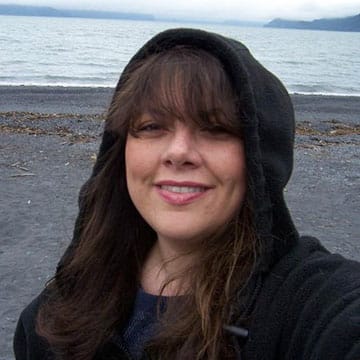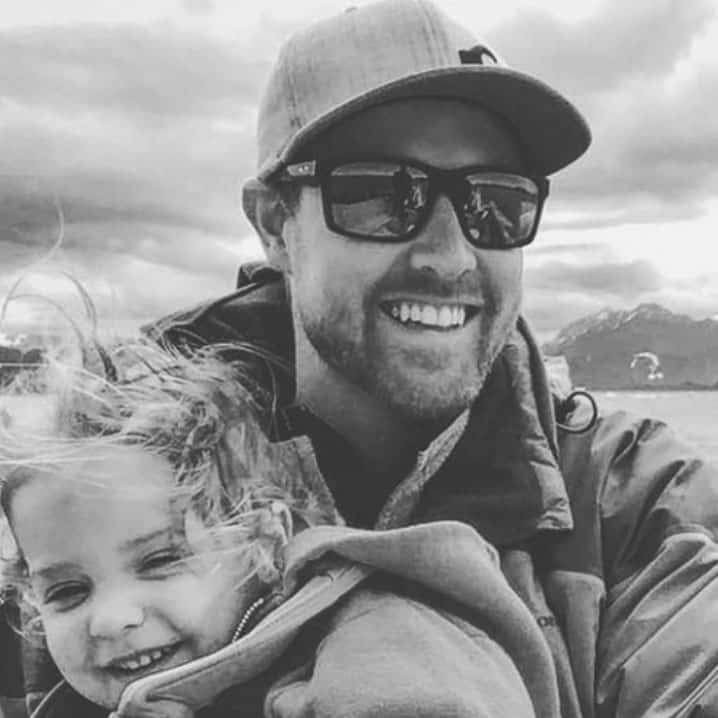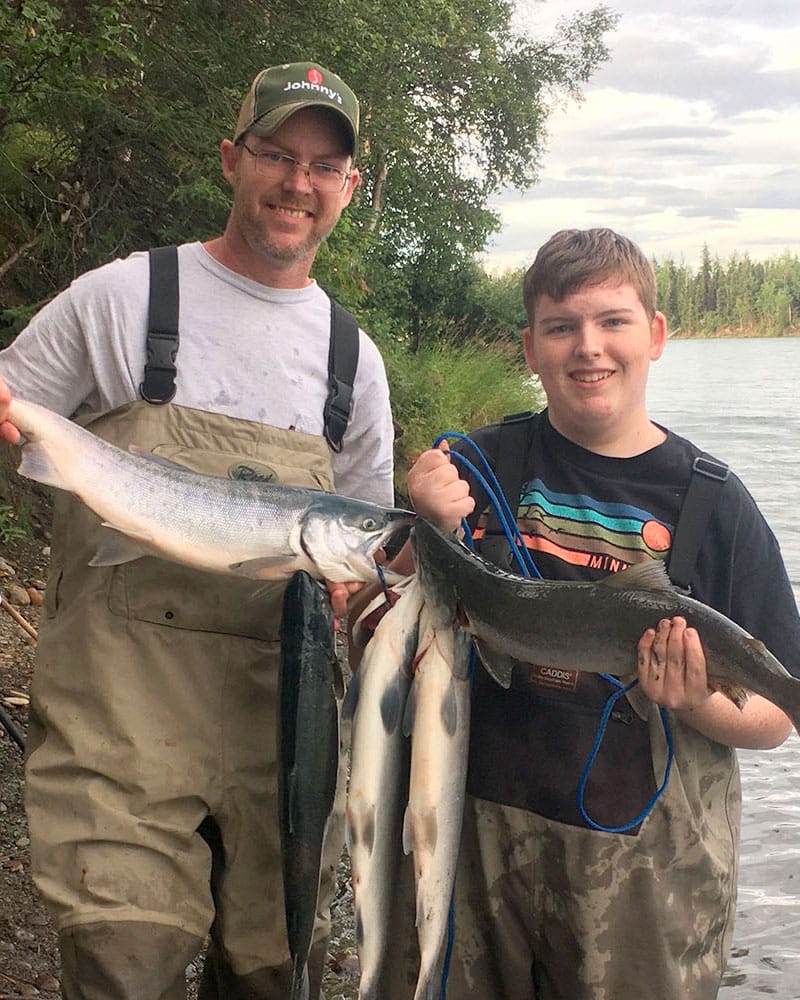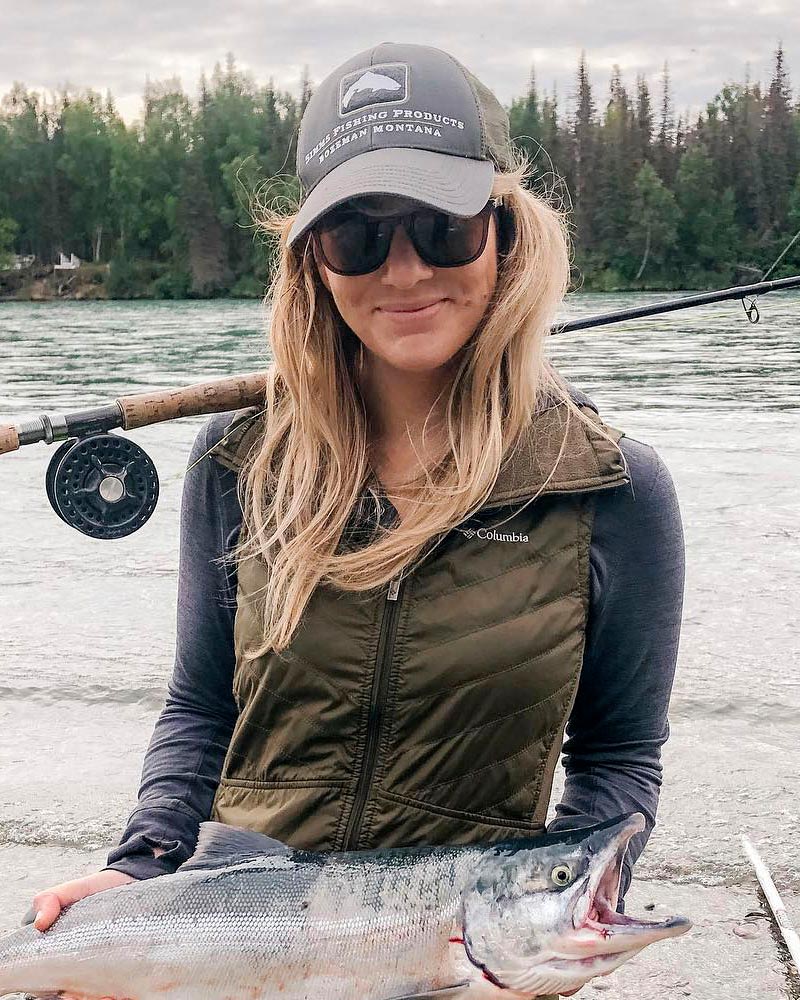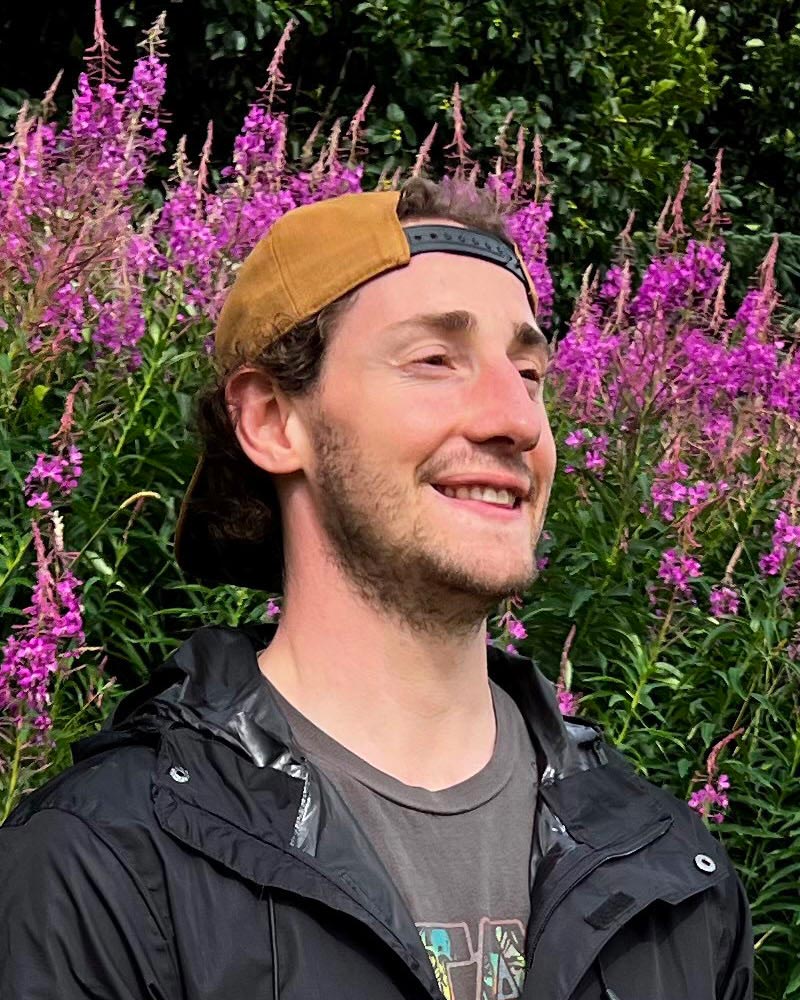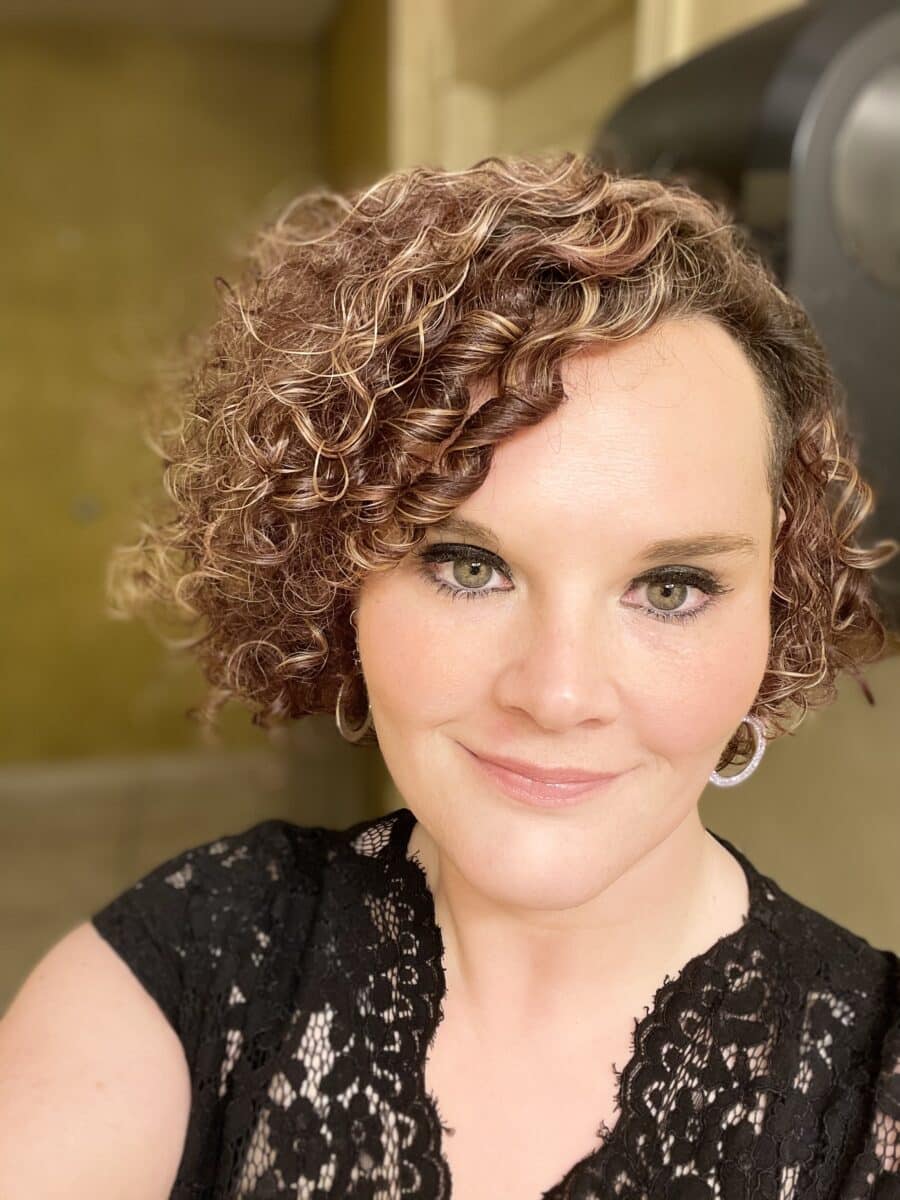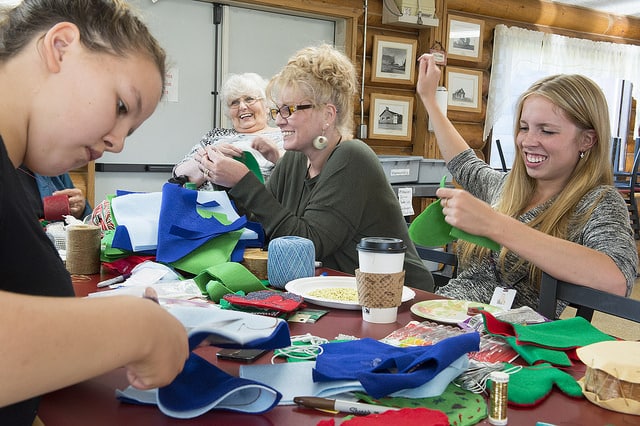
OUR VALUES: FAMILY-Nadia Walluk concentrates on her sewing as Alexandra (Sasha) Lindgren, Lindgren’s daughter Kim Sweet, and granddaughter Shayna Franke share a laugh while working on ornaments for the U.S. Capitol Christmas Tree at the Kenaitze Indian Tribe’s Tyotka’s Elder Center.
No one spotted Santa Claus or his reindeer, but it began to feel a lot like Christmas at the Tyotka’s Elder Center – in September.
That’s because tribal Elders and members of the Youth Council, Gganiłchit Dena’ina, spent three days at the center making ornaments for the U. S. Capitol Christmas Tree. The tree will anchor the front lawn of the White House come December.
“It’s a chance to share our culture,” said tribal member Sharon Isaak, who participated in the ornament-making.
Every year, the U.S. Forest Service provides a tree from a different national forest to display on the White House lawn. This year’s tree will come from the Chugach National Forest, the first time an Alaska tree has been selected since the tradition began in 1964.
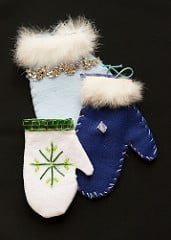 The tree – also known as the “People’s Tree” – will be transported from Alaska to the White House in early November, according to the project website.
The tree – also known as the “People’s Tree” – will be transported from Alaska to the White House in early November, according to the project website.
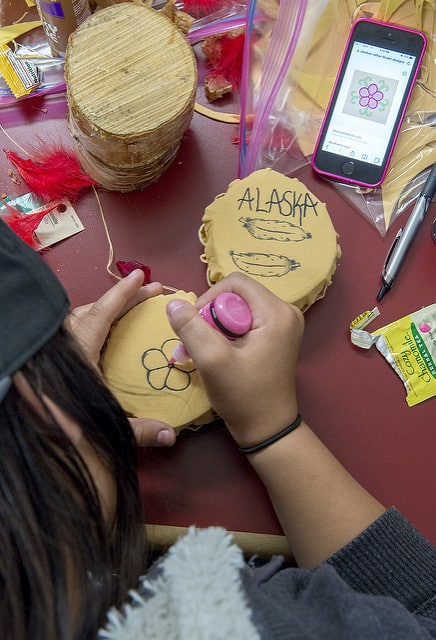
Breezy Big Crow uses a photo of a traditional Dena’ina bead design she found on Pinterest with her iPhone to guide her work as she decorates a wood and skin drum ornament that is destined for the U. S. Capitol Christmas Tree later this year during an ornament-making party Tyotka’s Elder Center.
At Tyotka’s in September, the goal was to make 500 ornaments. Participants cut mitten shapes from green and red felt, stitching them shut and decorating them with beads and glitter. They also made drums from birch wood.
As the collection of ornaments grew, participants agreed it was a unique opportunity.
“It represents us and it represents the area,” said Carey Edwards, Tyotka’s cook assistant.
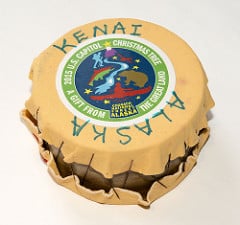 And although she admitted it was difficult to see the tiny needle as she sewed, Edwards said it was refreshing to be together in a group – and it was especially nice to see Elders and youth working together.
And although she admitted it was difficult to see the tiny needle as she sewed, Edwards said it was refreshing to be together in a group – and it was especially nice to see Elders and youth working together.
“I enjoy this. We don’t do these things enough,” she said. “This kind of thing is important, and it’s fun.”
Breezy Big Crow, one of the youth participants, echoed that sentiment.
For Big Crow, who worked alongside her brother making drums, the best part of the experience was twofold.
“Learning culture and getting together,” she said.



